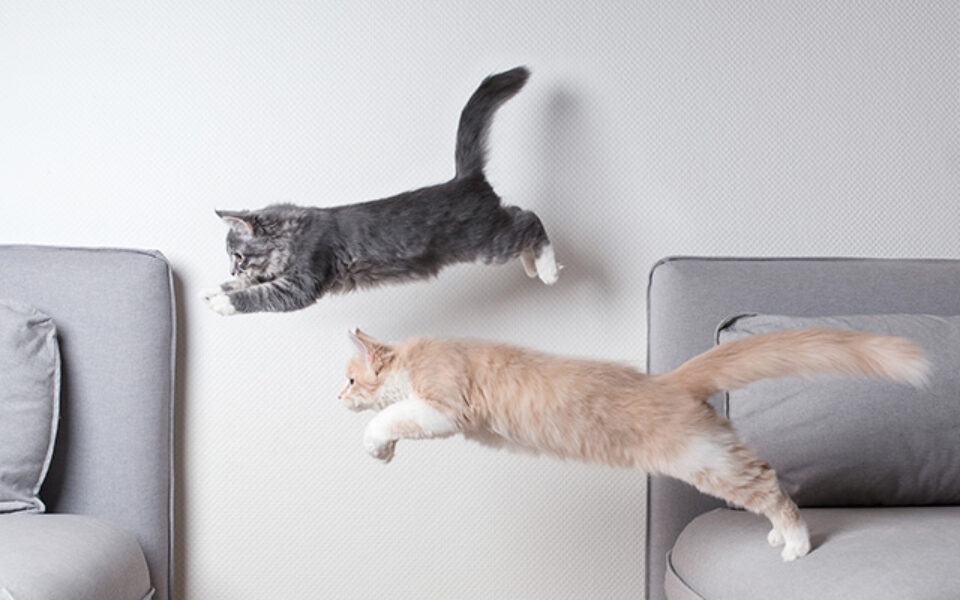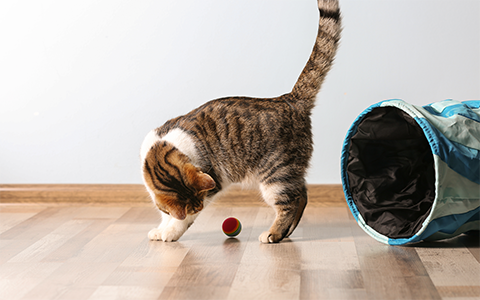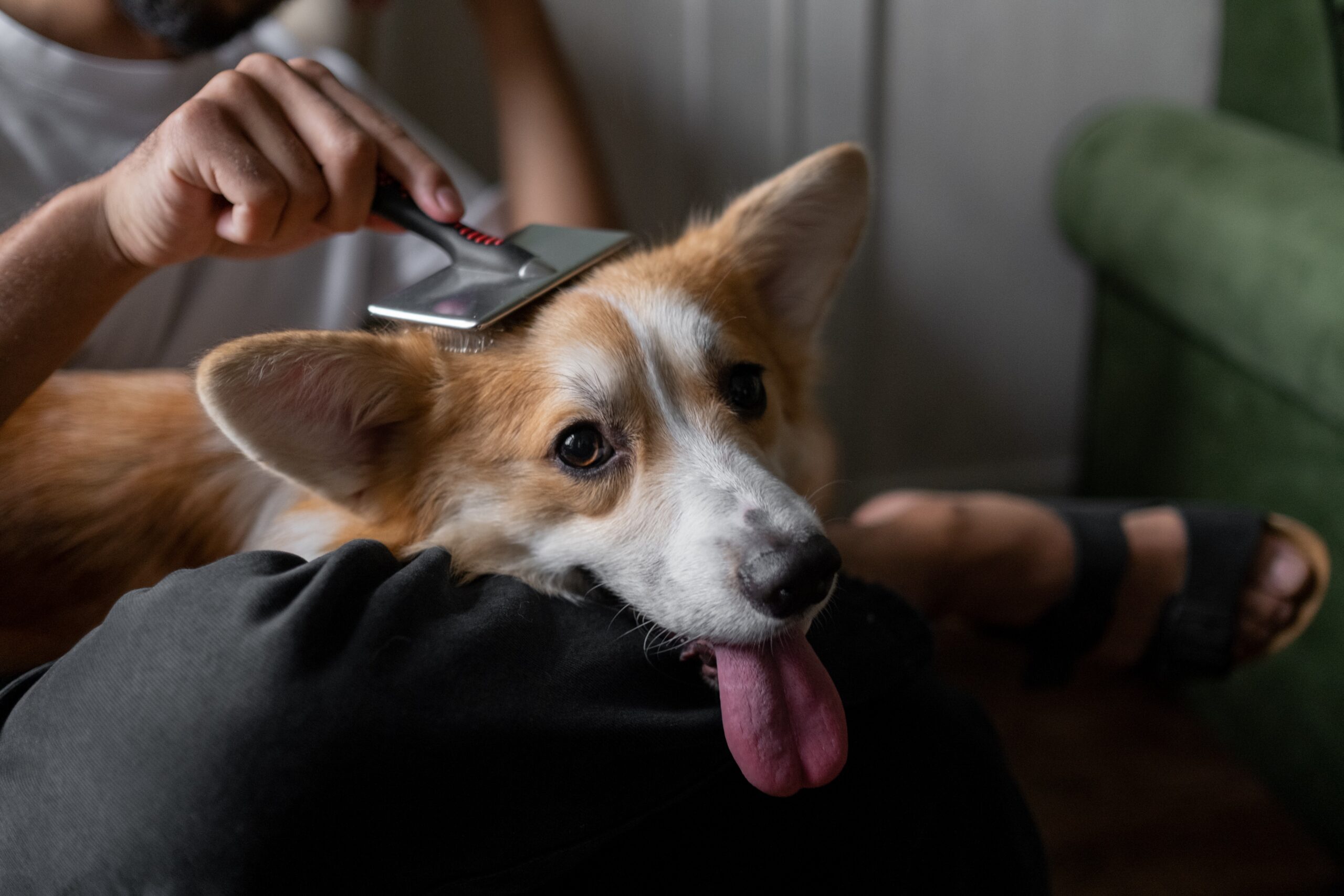IS YOUR CAT GETTING ENOUGH EXERCISE?
For felines, exercise plays a key role in maintaining a healthy weight, strong muscles, and a sharp mind. Whereas kittens generally have enough imagination to play alone—by knocking over fragile objects and digging up plants, for example—older cats sometimes need a little encouragement. Here’s why it’s important to set aside some time every day to play with your furry friend.
Obesity in cats
Domestic cats are often overweight or obese. This is a serious problem with very real consequences for the health of your pet. Obese cats are more likely to suffer from arthritis, diabetes, respiratory difficulties, liver problems, and urinary tract infections. Their lack of energy can make exercise more difficult, leading to a vicious cycle of physical inactivity.
The benefits of physical activity
Staying active helps strengthen muscles and maintain a healthy weight, in addition to arousing curiosity and stimulating the senses. Also, when owners take part in playtime, they are taking a moment to pay attention to their cats, ensuring they feel loved. Even if an older cat is less motivated to move, planning at least one 10-minute exercise session can contribute to improving its mood and well-being.
Training your kitten
Play is an important aspect of development for kittens. It is a way for them to hone the necessary reflexes and skills, such as climbing to safety or stalking prey, to survive in nature. Even though they enjoy all the comforts of domestic life, kittens left to their own devices will get bored and their quest for entertainment can lead them to damage your things. It’s better to structure how they play!
Exercise and outdoor cats
Cats that wander freely outside are exposed to certain dangers, such as traffic and some predators. But by accepting these risks, your pets can enjoy the benefits of physical activity independently, whether they prefer climbing fences, hiding in the grass, or chasing birds.
For their safety, make sure your feline friends are wearing a breakaway collar—that automatically opens if it snags on a branch—as well as an ID tag, and that their vaccines are up to date. You can also add a bell to warn potential prey to run away so they don’t become hunting trophies.
Getting an indoor cat to move
If your cat stays indoors, it takes more effort to keep it entertained. Divide food into several dishes and place them throughout your home so your feline has to “chase” its meal. To complicate the challenge, move the dishes around from time to time.
Try different cat toys—such as feathers at the end of a stick, a laser pointer or a robotic mouse—that satisfy their hunting instincts. Recycle empty boxes, paper bags and crinkled paper to stimulate their curiosity. Alternate between different toys and accessories to prevent their play from becoming repetitive.










